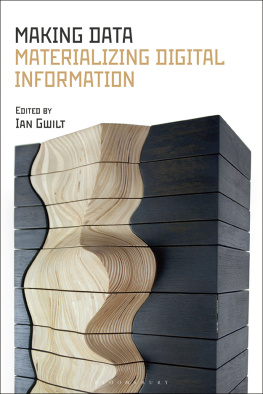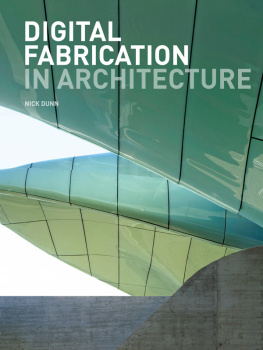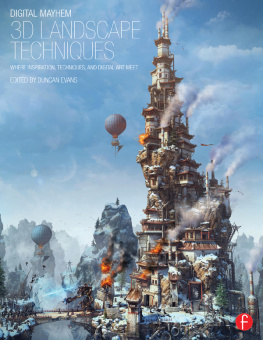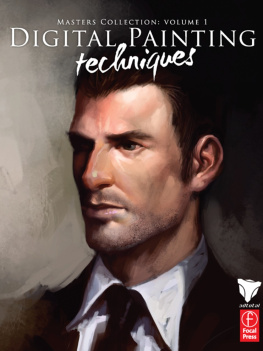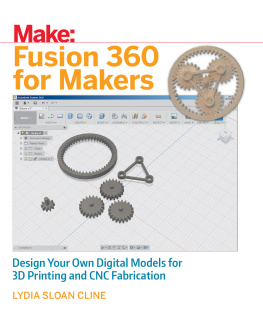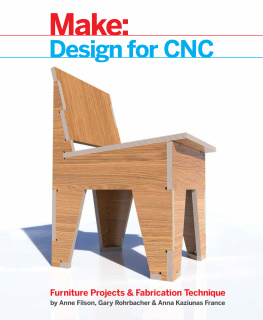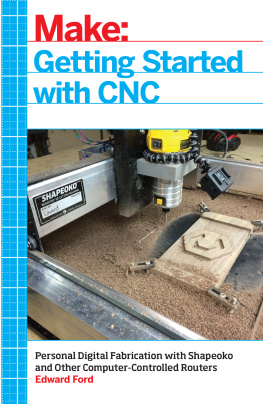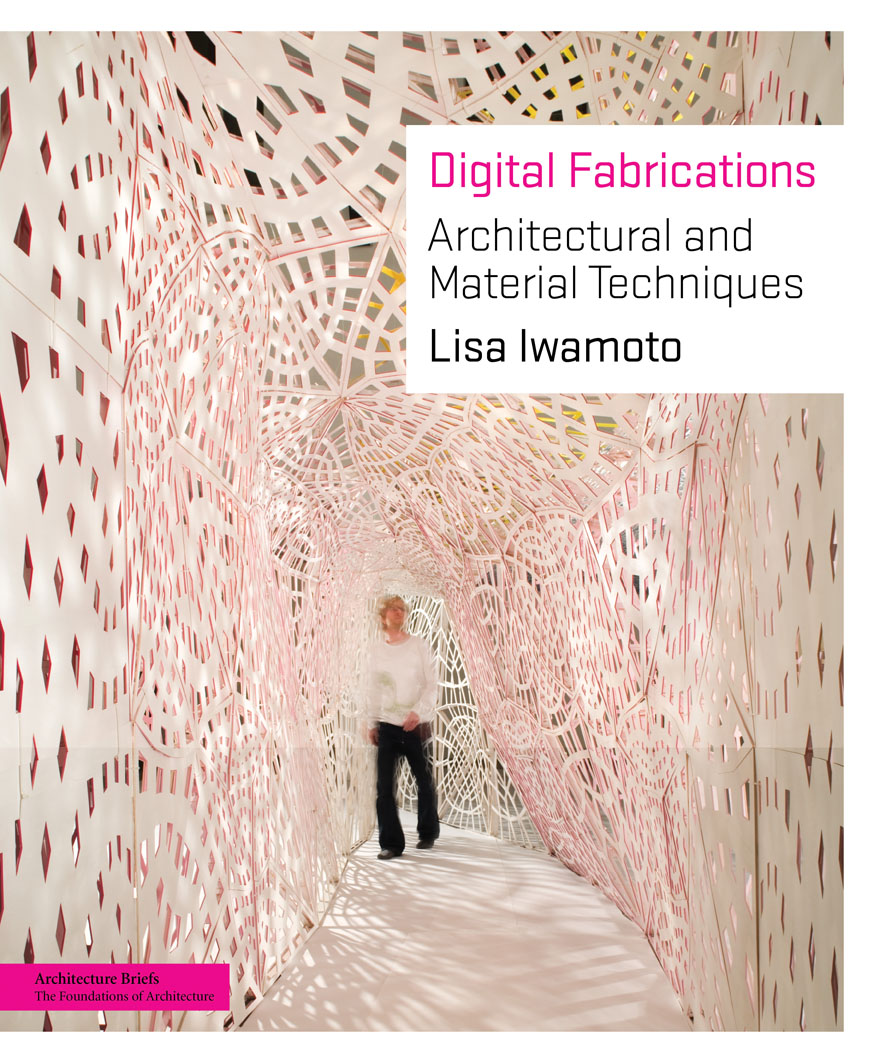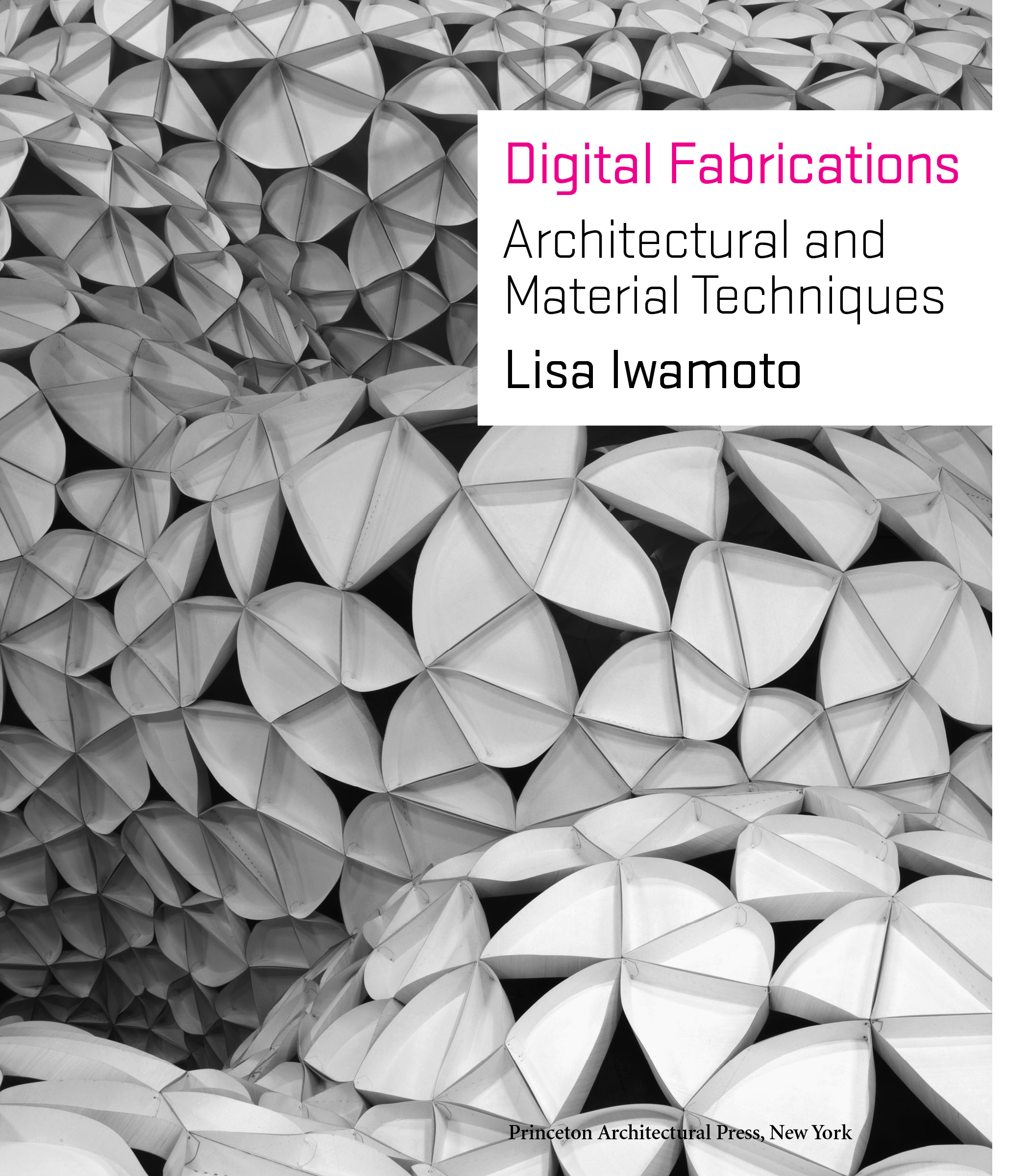Published by
Princeton Architectural Press
37 East Seventh Street
New York, New York 10003
Visit our website at www.papress.com.
2009 Princeton Architectural Press
All rights reserved
12 11 10 09 4 3 2 1 First edition
No part of this book may be used or reproduced in any
manner without written permission from the publisher,
except in the context of reviews.
Every reasonable attempt has been made to identify owners
of copyright. Errors or omissions will be corrected in
subsequent editions.
Project Editor: Clare Jacobson
Copy Editor: Lauren Neefe
Designer: Brett Yasko
Special thanks to: Nettie Aljian, Bree Anne Apperley, Sara Bader,
Nicola Bednarek, Janet Behning, Becca Casbon, Carina Cha, Penny (Yuen Pik) Chu, Carolyn Deuschle, Russell Fernandez, Pete Fitzpatrick, Wendy Fuller, Jan Haux, Aileen Kwun, Nancy Eklund Later, Linda Lee, Laurie Manfra, John Myers, Katharine Myers, Lauren Nelson Packard, Dan Simon, Andrew Stephanian,
Jennifer Thompson, Paul Wagner, Joseph Weston, and Deb Wood of Princeton Architectural Press Kevin C. Lippert, publisher
Front cover: Technicolor Bloom, Brennan Buch, 2007.
Photo: Christof Gaggl
Back cover: Housing in Vienna, Matias del Campo and
Sandra Manninger/SPAN, 20078. Photo: SPAN
Page 1: Voussoir Cloud, IwamotoScott Architecture, 2008.
Photo: Joshua White
Library of Congress Cataloging-in-Publication Data
Iwamoto, Lisa, 1963
Digital fabrications : architectural and material techniques / Lisa Iwamoto.
p. cm. (Architecture briefs)
Includes bibliographical references.
ISBN 978-1-56898-790-3 (alk. paper)
ISBN 978-1-61689-178-7(Digital)
1. Architectural designData processing. 2. Architecture
Data processing. 3. Computer-aided design. I. Title.
NA2728.I93 2009
720.285dc22 2008029765
The Architecture Brief series takes on a variety of single topics of interest to architecture students and young professionals. Field-specific information and digital techniques are presented in a user-friendly manner along with basic principles of design and construction. The series familiarizes readers with the concepts and technical terms necessary to successfully translate ideas into built form.
Also available in this series:
Architects Draw: Freehand Fundamentals,
Sue Ferguson Gussow, 978-1-56898-740-8
Contents
Architecture continually informs and is informed by its modes of representation and construction, perhaps never more so than now, when digital media and emerging technologies are rapidly expanding what we conceive to be formally, spatially, and materially possible. Digital fabrication, in particular, has spurred a design revolution, yielding a wealth of architectural invention and innovation. How designs use digital fabrication and material techniques to calibrate between virtual model and physical artifact is the subject of this book.
In Translations from Drawing to Building, Robin Evans expands on the inevitable separation architects encounter between drawing, the traditional medium of design, and building, the final outcome of their work. As he describes it, great invention occurs in this gap. Like traditional drawing, digital production is a generative medium that comes with its own host of restraints and possibilities. Digital practices have the potential to narrow the gap between representation and building, affording a hypothetically seamless connection between design and making. As with any design process, however, there are invariably gaps among the modes of making. And, as with all tools of production, the very techniques that open these investigations have their own sets of constraints and gear particular ways of working. In the best cases, such as those shown in this book, innovation is born out of this fissure and advances design.
Digital Fabrications: Architectural and Material Techniques documents architecturally innovative projects realized through digital design and
constructive processes. By way of several groundbreaking projects, it offers a brief and informative background to the rise of digital fabrication in
architecture, providing insight into why it has sparked the imagination of a new generation of designers. It also contains practical information about the types of tools and technologies architects most frequently use for digital fabrication. The bulk of the book, however, is devoted to illustrating projects that reveal the design ingenuity that arises from digital fabrication and the material practices it has shaped and revitalized.
This book is unique because it concentrates on work designed and built by emerging and newly defined practices that, with a do-it-yourself attitude, regularly pioneer techniques and experiment with fabrication processes on a small scale. The means by which these projects were realized are within the reach of many practitioners and students. Here, the architectural project is a form of applied design research. These architects seek to leverage digital design and manufacturing for perceptual, spatial, and formal effect. The projects center on a mode of inquiry whose method of making ultimately forms the design aesthetic. Many of the practitioners teach as well and bring their interests into the classroom, offering the architecture student an opportunity to do it as well. For this reason, some excellent student projects have been included in the pages that follow.
The book is organized according to types of digital fabrication techniques that have emerged over the past fifteen years: sectioning, tessellating, folding, contouring, and forming. Each section introduces the basics of the featured technique through a description of pioneering case studies, after which there is a collection of projects demonstrating how architects have manipulated the tectonic method for design. Naturally, the projects overstep the chapter definitions: many combine two or three techniques. The distinctions nevertheless structure and contextualize the work, so that the projects gain specificity in light of the others.
Lastly, this book aims to show both working method and final results, documenting working drawings, templates, and material prototypes. Books on digital design tend to be highly technical, focused on documenting a few large building projects in great detail or else speculating more broadly on the implications of digital fabrication for the future of the profession. Missing from these efforts is a visually exciting collection of smaller built projects focused on design. Digital Fabrications does just that and will be of interest to anyone who wants to know how digital fabrication works, why architects use it, and how it promotes innovative design.
Background
It is inconceivable today to imagine designing buildings without the use of computers. They are used at every step of the architectural process, from conceptual design to construction. Three-dimensional modeling and visualization, generative form finding, scripted modulation systems, structural and thermal analyses, project management and coordination, and file-to-factory production are just some of the digital practices employed by architects and building consultants. Digital fabrication is often one of the final stages of this process, and it is very much what it sounds like: a way of making that uses digital data to control a fabrication process. Falling under the umbrella of computer-aided design and manufacturing (CAD/CAM), it relies on computer-driven machine tools to build or cut parts.


